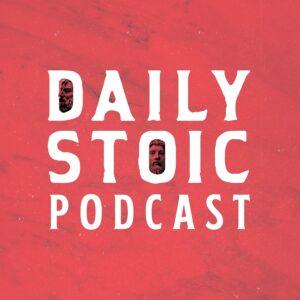
In this episode of the Huberman Lab podcast, Dr. Andrew Huberman invites Dr. Andy Galpin, a professor of kinesiology at Cal State University Fullerton, to discuss how to assess and improve all aspects of fitness. Dr. Galpin is an expert in strength, speed, endurance, and hypertrophy. Together, they delve into the different components of physical fitness, the importance of supplementation and nutrition, and the history of exercise science.
When assessing fitness goals, it is important to consider both aesthetic and functional aspects. This involves understanding the different components of physical fitness, such as skill, strength, endurance, and hypertrophy. Strength refers to the maximum force one can produce, while muscular endurance relates to the number of repetitions. Muscle hypertrophy and muscle endurance are also crucial factors. Supplementation and nutrition play a significant role in maximizing recovery and achieving exercise goals.
Exercise can induce various adaptations, including local muscle endurance, anaerobic capacity, aerobic capacity, and long-duration endurance. These adaptations can be measured through specific tests, some of which are equipment-free and cost-free. It is important to understand that fat loss and health benefits are byproducts of these adaptations. Lifelong endurance exercises improve cardiovascular function and overall health, while strength training is crucial for maintaining muscle fibers, preventing falls, and offsetting bone density loss. Maximizing health requires a combination of broad strength and endurance.
The history of exercise science highlights the shift from bodybuilding to a more holistic approach to fitness. Strength training gained popularity through figures like Arnold Schwarzenegger, leading to a focus on movement-based exercises. The scientific community is now recognizing the importance of including women in exercise research and addressing specific female questions. There is a need for more research and high-performance studies specifically tailored to women’s needs.
A variety of tests can be used to assess different aspects of fitness, including movement skill, strength, power, endurance, speed, agility, mobility, and fat loss. These tests provide valuable insights into an individual’s fitness level and can help identify areas of weakness. Standardization within testing protocols allows for measuring progress over time. It is important to prioritize testing based on individual goals and needs. Overall, exercise is a direct relationship between work and outcome, and it pays off in terms of aesthetics, functionality, and longevity.
Dr. Andy Galpin’s insights on assessing and improving all aspects of fitness provide valuable guidance for individuals looking to achieve their exercise goals. By understanding the different components of physical fitness, the importance of supplementation and nutrition, and the history of exercise science, listeners can make informed decisions about their fitness journey. Implementing evidence-based testing protocols and prioritizing overall health and functionality will lead to optimal results. Exercise is a powerful tool for improving both physical and mental well-being, and it is never too late to start or continue on the path to a healthier lifestyle.